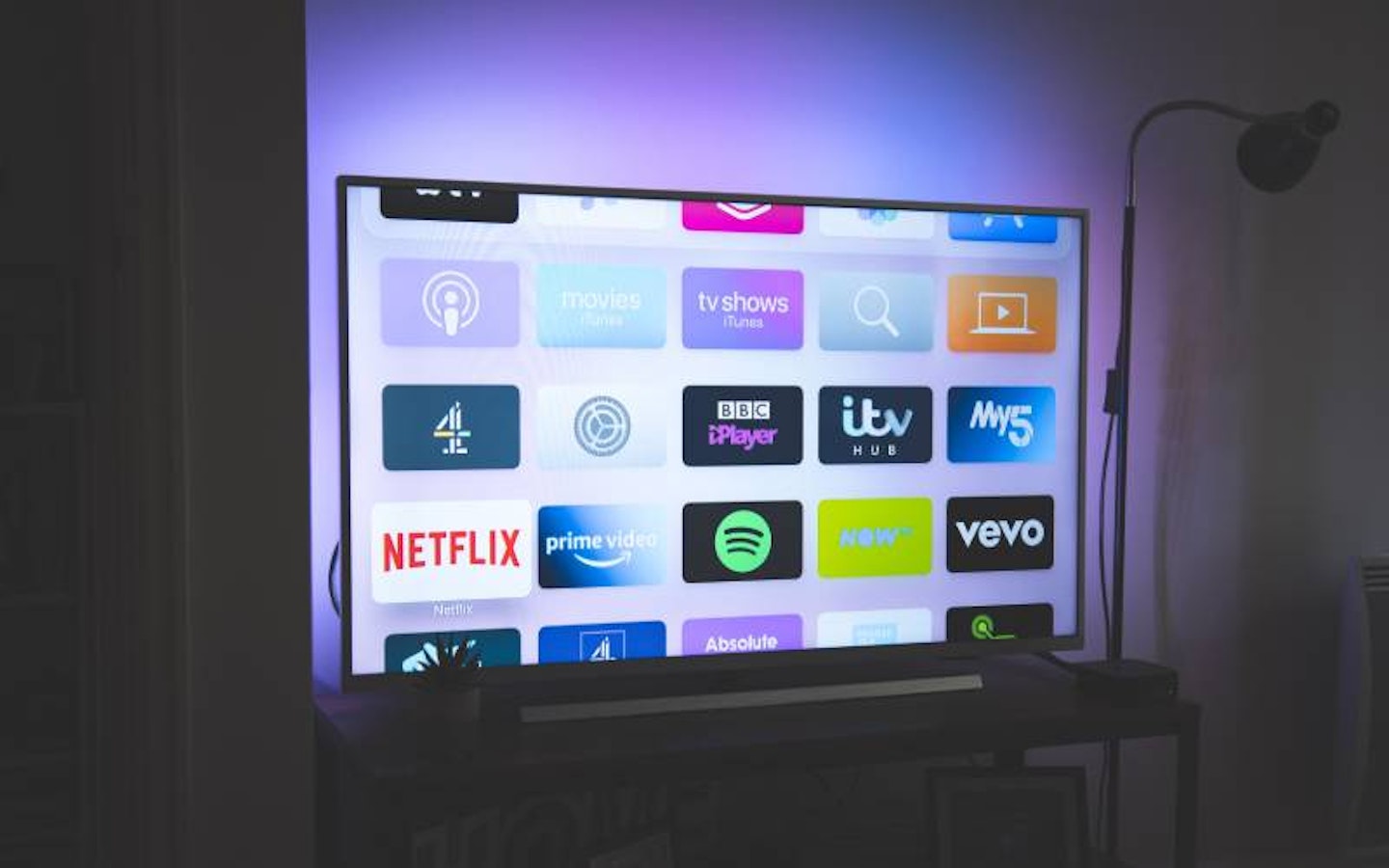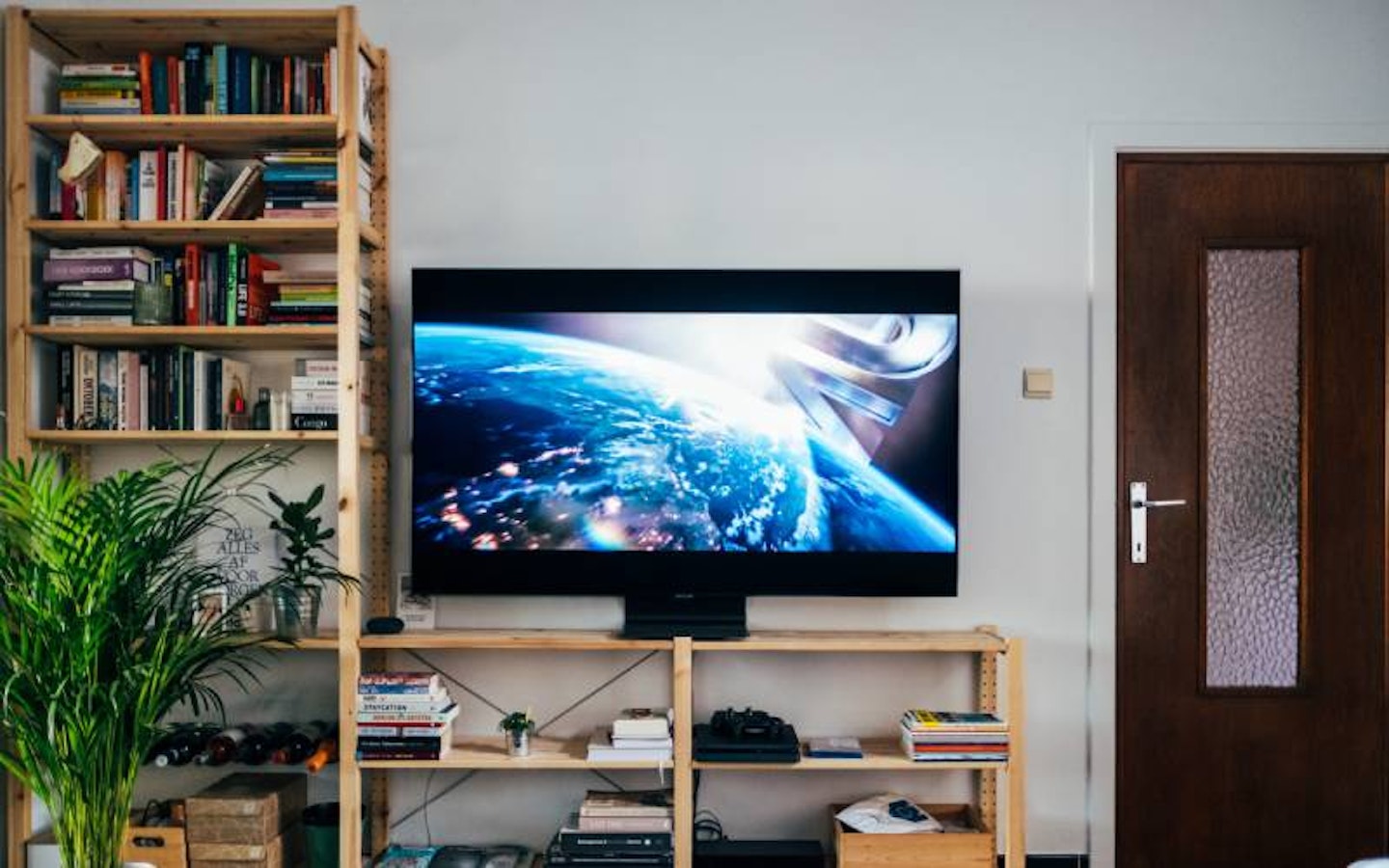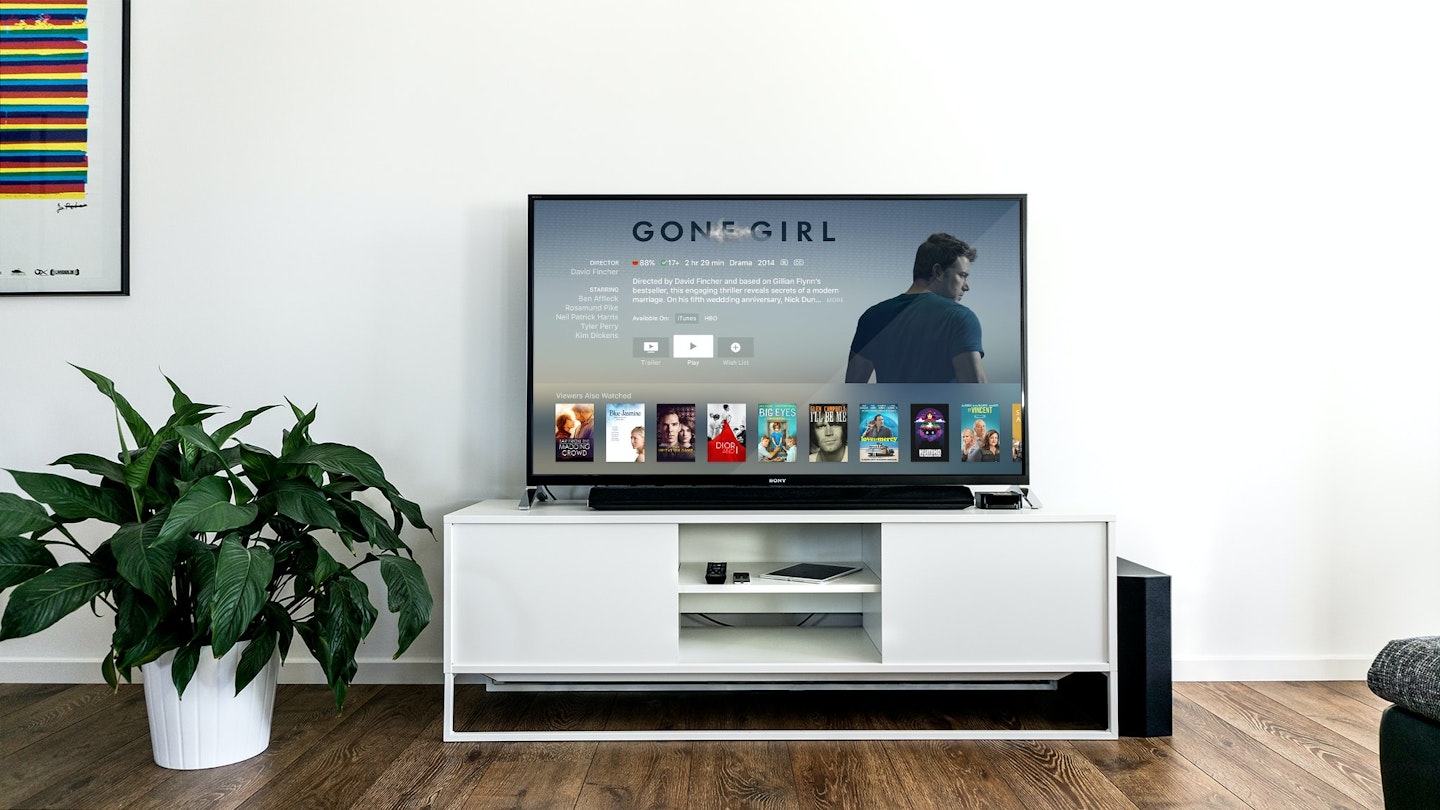Gone are the days where a television’s main purpose was to watch the news or catch up with the latest shows on cable. Now, TVs are used to connect to the internet, access an unlimited range of apps and enjoy 4K Ultra HD content. These new and improved TVs have increased capabilities that set them apart from their predecessor and, as such, have been crowned ‘smart TVs’.
If you’re considering upgrading to a smart TV, it’s likely you have some important questions such as how they work, what brand to opt for and the overall benefits. To ease the process, we’ve created the ultimate buyer’s guide to smart TVs, answering every question you may have.
What is a smart TV?
A smart TV is one that allows you to view online content. The three main features that define a smart TV include internet connectivity, a built-in app store and an operating system (OS).
What does a smart TV do?
As a result of their functionality, smart TVs have become entertainment hubs, providing access to thousands of TV and movies apps like Amazon Prime Video, Netflix and BBC iPlayer. Smart TV owners can also access music apps like Spotify and Prime Music, and social media platforms like Instagram and Facebook.
Voice control tools such as Amazon Alexa and Google Assistant are also great features found on newer smart TVs, as well as integrated smart home features.
Related: The best 40-inch smart TVs | The best 50-inch smart TVs
How does a smart TV work?
A smart TV connects to the internet via an ethernet port or built-in Wi-Fi, making it possible to connect from any location in your house.
Once you’ve powered on your TV, you’ll need to select your language and connect to the internet. If you’re connecting via WiFi, you'll need to fill in your network details, and passwords. If you connect via an ethernet port, you won’t need to input any details – it's all handled automatically (unless you have some specific security features installed on your router).
Then, you’ll have the opportunity to browse through your smart TV’s app service, download new apps and connect your devices. It's very similar to the functionality you find on smartphones and tablet, albeit on a TV focused OS.
Please note that the set-up process varies according to the company. If the manufacturer has released a software or firmware update, you will be prompted to update your system. For any queries, be sure to read your TVs documentation, or contact the manufacturer.

What is the difference between Android and a smart TV?
Android TVs are a type of smart TV, delivering content via an internet connection and hosting many apps and services. However, a TV with an Android TV OS can do a lot more than that.
Unlike smart TVs, Android TV owners have access to the Google Play store where they can choose from a vast catalogue of apps to download. In comparison, standard smart TVs support significantly fewer apps, giving owners access to only the most popular options.
In addition, Android TVs are also updated more regularly than smart TVs, due to frequent development.
What are the benefits of a smart TV?
The main benefit of a smart TV includes the ability to enjoy content beyond that of traditional TV channels and schedules. Through apps such as Amazon Prime Video, YouTube and Spotify, smart TV owners can access a diverse range of content, from movies and TV shows to sports events, as well as customised music playlists.
Good quality smart TVs are also easy to use, integrate well with other devices and provide personalised content recommendations based on what you’ve been watching.
What is the difference between a smart TV and a regular TV?
The major difference between the two is that a smart TV can connect to the internet, while a non-smart TV cannot.
Non-smart TVs require separate streaming devices such as Fire TV Stick or Roku TV Stick to connect to the internet network, while smart TVs have this capability built in.
Related: The best 65-inch smart TVs
What should I look for when buying a smart TV?
The main things to look for when purchasing a smart TV include display, screen resolution, screen size, refresh rate and HDR.
Display: The screen is arguably the most important thing to think about when buying a TV, and the main types include LCD, LED, OLED and QLED.
LCD is a really common form of display technology. Most LCD’s use LED backlight to provide vibrant colours and high picture quality for a great price.
LED displays are a type of LCD technology, which provide sharper and more realistic colour than LCD displays. However, this is only the case for full-array LED’s rather than more affordable edge-lighting options.
OLED display is a premium display type and is highly regarded, owing to its cutting-edge technology that has each pixel provides its own illumination. It is a technology owned and developed by LG, and the high contrast ratio and lighting precision skill make for immaculate picture quality.
Finally, QLED is a superior version of LCD and LED technologies, created by Samsung. Unlike LCD and LED displays, QLED uses tiny quantum dots to enhance brightness and colour. QLED’s are a great upgrade to traditional LCD displays, but OLED panels remain the benchmark.
Overall LCD and LED displays are a great choice in terms of quality, and are currently dominating the marketing, at large, due to their good price point. However, if you’re on the market for a luxury screen with impressive quality, OLED and QLED displays are well worth your while.
For a selection of the most excellent smart TVs of the year, look no further than our incredibly comprehensive best TVs of the year list, regardless of budget, there's almost certainly something for you.

Screen resolution: Screen resolution refers to the number of pixels that make up the picture on the TV. The higher the number of pixels, the higher the image clarity. The types of screen resolution include HD, Full HD, 4K and 8K.
HD TVs, sometimes called HD-ready, were once the most common screen resolution on the market and are still frequently found on 32-inch TVs. They have 1280 x 720 pixels, otherwise referenced as 720p.
Full HD displays are one step up from HD TVs, offering better image quality with 1920 x 1080 pixels, or 1080p. However, manufacturers are now rapidly switching over to 4K displays, also known as Ultra HD, especially for mid-size and large TV screens.
4K resolution provides four times the image quality of the HDTV standard, at 3840 x 2160 pixels. This means richer and sharper picture quality, allowing for more comfortable TV viewing, particularly at a short distance.
8K displays double the resolution of 4K sets with 7680 x 4320 pixels and have only just started entering the market. However, content with 8K resolution is currently unavailable, meaning you can hold off on 8K res for the moment.
Related: The best 4K TVs under £500 | The best 8K TVs
Screen size: Screen sizes vary from around 24-inches to over 100-inches. The screen size you opt for will depend on a few factors including room size, viewing distance and budget.
For more information on choosing TV size, check out our detailed TV size guide.
Refresh rate: Measured in Hertz (Hz), the refresh rate refers to how many times per second a picture is refreshed on the screen.
The general rule is that the higher the refresh rate, the better. The standard rate is 60Hz, but manufacturers are now massively increasing their refresh rates to ensure high-quality for fast-moving scenes such as those found in action movies, or while watching sports.
HDR: HDR stands for High Dynamic Range. It works to get as much light, crispness, and depth into your picture. Many standards of HDR are available, including HDR10, Dolby Vision and HLG, but all work towards the same end.
What brands make smart TVs?
The majority of big TV brands are now releasing smart TVs exclusively. Some popular smart TV brands include Samsung, LG, Sony, Hisense, JVC, TCL, Panasonic and Sharp.
Related: The best 8K TVs
What is the best display for a smart TV?
OLED is considered the best display technology, due to its unparalleled contrast ratio offering great detail and colour. OLED provides the ultimate luxury viewing experience but does not provide as much brightness as the QLED.
LCD and LED technologies are currently very popular due to their reliable picture quality and reasonable price, making them a great option for those with a controlled budget.
Is it worth buying a smart TV?
Yes, buying a smart TV is well worth it. The unrestricted access to hundreds of apps, enhanced video quality and voice control making smart TVs a great investment, and the upside? Smart TVs are now affordable and widely available to all.
There are countless free and subscriptions apps available for all tastes. You can read our guide to the best smart TV apps here.
If you would like to have the functionality of a smart TV without splashing out for a fancy upgrade, you can always pick up one of the best media streaming devices. So long as you have an HD port or adaptor, devices like the Fire TV Stick will grant you access to a huge selection of online content.
Marina Avraam is a Storytelling Executive for WhatsTheBest, and also works for Mother&Baby. She has a passion for psychology, reading and fashion writing.
